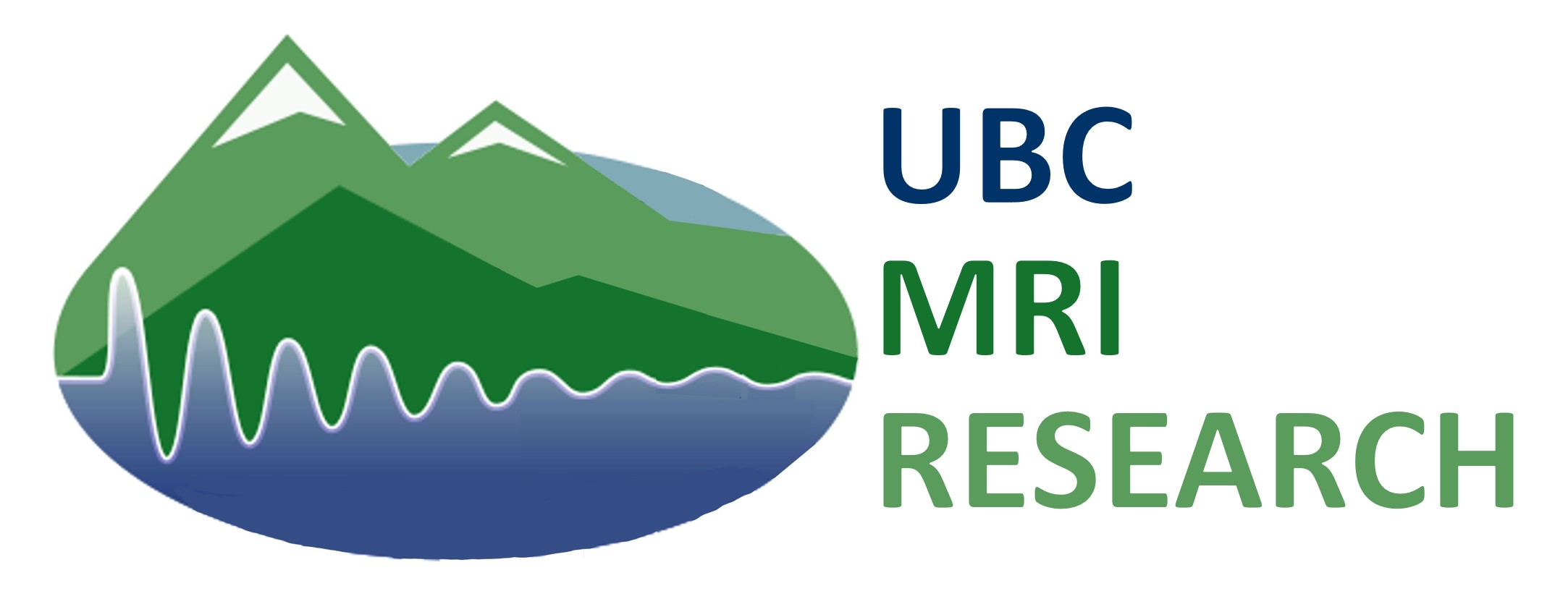Scans may last anywhere from seconds to hours. It all depends on a huge range of factors, such as the particular MRI sequence being used, resolution, specimen size and conductivity, the choice of RF coil, the presence of body motion, and image quality requirements. In particular, one of the ways to improve the data quality is to acquire more averages of the data (i.e. acquire longer). For live animal experiments, the entire imaging session should typically last no longer than 2.5 hours to manage the animal’s exposure to anesthesia.
Again, this depends on the application and is closely related to the first question. The “noisiness” of the images is dependent on the resolution: a small voxel size will result in more noise in an image. The “signal-to-noise ratio” can be increased by averaging the data, but this is limited by the time available in the experiment, especially with those involving live animals. As an example, we can generate clear images of in vivo rat spinal cord with 100 micron in-plane resolution and 1 mm slice thickness in 40 minutes. For nonliving specimens, the achievable resolution is higher because more scanning time is available (e.g. we have scanned samples of wood with in-plane resolution of 29 microns and 2 mm slice thickness).
We allow SSH access to your archived data according to the following steps:
- Send an e-mail to Andrew Yung with the following information:
- Contact name and phone number
- Username – preferably named after the principal investigator of the project
- IP address – the permanent IP address of the computer(s) that you will be using in your lab to access the data. Limit of 3 ip addresses per principal investigator.
- Download and install a SSH file transfer client and terminal client. We use SSH Secure Shell 3.2, which unfortunately is not being supported any longer by the parent company. It is still available for download at the following mirror sites:
- http://www.icrew.org/ssh
- ftp://metalab.unc.edu/pub/packages/security/ssh
- ftp://ftp.keystealth.org/pub/ssh
- ftp://ftp.epix.net/pub/ssh
- ftp://mirror.pa.msu.edu/ssh
- http://home.paulschou.com/pub/ssh.com/
- (The file to download is SSHSecureShellClient-3.2.9.exe)
- Our network administrator will set up the user account, and then we will phone you with your username, temporary password, and the ip address (the “host name”) of the archive computer.
- Once you have logged in, use the terminal client to change your password with the unix command passwd.
- You will be restricted to the principal investigator’s home directory and the PI’s archive directory (/mrctr/7T_data/<lastname_firstname>) and its subdirectories.
- The data will usually be stored in /mrctr/7T_data/<lastname_firstname>/<projectname>/mriuser/
- Use the file transfer client to copy the files to your computer.
You may need to know the conventions that the scanner chooses to organize its data. Please see the Resources section and read the 7T File and Directory Naming Conventions document.
